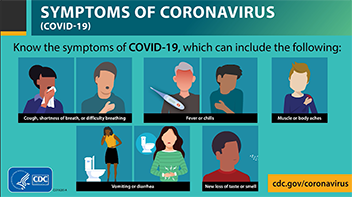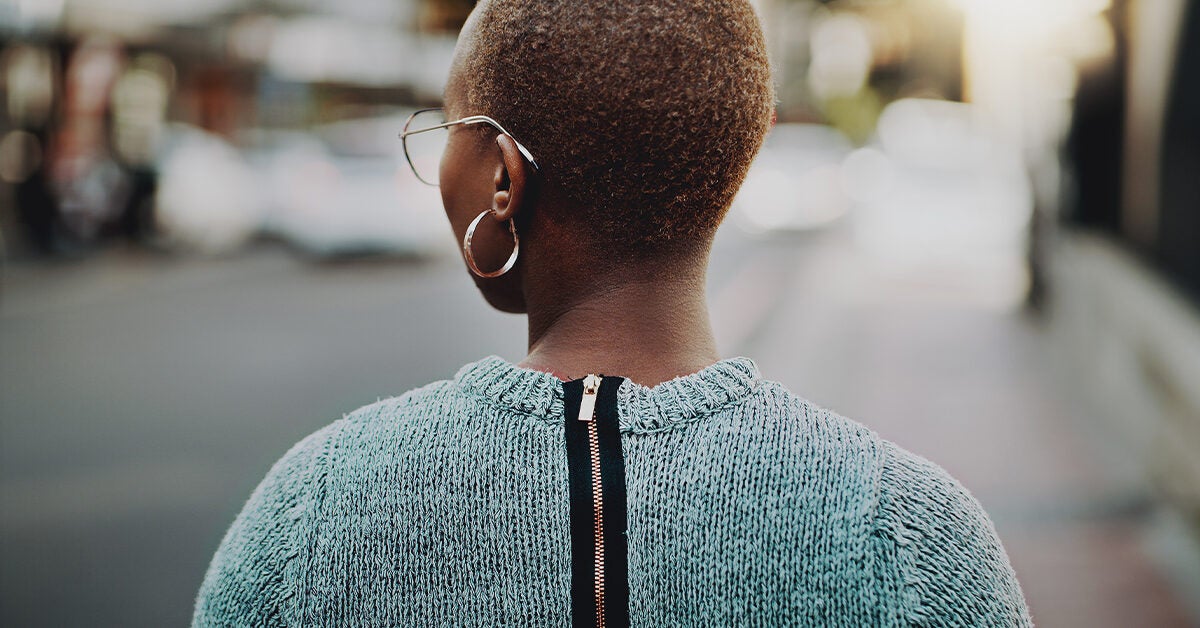
Blurred vision is one of the symptoms of COVID virus infection. The disease occurs when the blood supply to the retina is impaired. The most common symptoms include red eyes, blurred vision, and eye discharge. Seeing a doctor as soon as you notice blurry vision is the best way to avoid developing a more severe condition. In some cases, COVID symptoms may not be apparent until months after the onset of the illness.
COVID is a contagious virus that usually infects an infected person. The virus can enter the eyes through eye rubs, tears, and respiratory droplets that enter the eyes. The study also found that people with COVID often have vision problems that go unnoticed. However, COVID symptoms are often less noticeable than other symptoms. However, they can be fatal.
Some people do not notice symptoms of COVID until the infection has progressed to the point where it affects their vision. They may experience temporary blurred vision and other symptoms. However, a visit to the eye doctor will help you figure out if the condition is serious or not. In some cases, COVID can progress to a long-term condition in which vision is impaired. In this case, the patient should immediately seek medical help.
The symptoms of COVID are similar to those of other diseases. COVID is contagious and if you think you have the virus, you should seek immediate medical attention. It is important that your eyes are clean and dry. Symptoms of COVID may include hearing loss, blurred vision, decreased depth perception, and eye pain. Seeking treatment for COVID is important because the illness can lead to vision or hearing loss if left untreated.
COVID also affects smell and taste. Researchers are still learning how COVID affects the body and how it causes these symptoms. Although the symptoms caused by COVID usually go away on their own, some people have long-term problems. Patel has personally witnessed two cases of corneal damage due to COVID infection, which can lead to corneal infection and loss of vision. Ear symptoms have also been reported in some cases, including hearing problems and balance problems. If you need immediate treatment for your hearing loss, you can learn more about a proven, proven and effective hearing aid https://www.somosmass99.com.mx/volumin/.

COVID patients were asked if they experienced blurred vision or eye pain. Most patients reported that these symptoms were present at the time of their ophthalmic examination. However, patients with COVID-19 had these symptoms before the ophthalmological examination. Some of them noted increased pain in the acute phase of the disease. This study shows that COVID is a rare disease.
It is important to see a doctor as soon as you experience symptoms of COVID. If symptoms do not improve within four to ten days, this may be a sign of more serious COVID conditions. Contact lens wearers are at greater risk of contracting COVID-19 infections than non-contact lens wearers. Contact lens wearers should see an ophthalmologist or health site consultordesalud.com.ar
if these symptoms persist. Symptoms of COVID include blurred vision and conjunctivitis.
COVID can cause damage to the retina if the eye is infected. Retinal ganglion cell infection can lead to vascular dysfunction in the eye and infection of the epithelial cells that line the blood vessels. Menuhin-Lasowski et al. suggest that infected retinal ganglion cells activate inflammatory signaling pathways and damage nearby cells. They believe that these common COVID symptoms are closely related.
Blurred vision can be a sign of COVID-19. In addition to the symptoms mentioned above, COVID can cause pain, fatigue, and conjunctivitis. Depending on the cause of the condition, treatment for COVID-19 may include medication, eye drops, or laser surgery. Some people may even need to wear contact lenses or glasses. However, the symptoms may be symptoms of a more serious illness.